
Just a 64x14 led marquee who display some text grabbed from internet.
Was just for my personal usage at first but friends asked me to modify it to be more convenient because they wanted one, and so now it's a remote controllable led marquee with a friendly web panel to configure your messages.
The led marquee can display the following chars:
!"#$%&()*+,-./0123456789:;<=>?@{|}~AZaz
Fonts sourced from various locations on the internet, check ReceiverMarquee.ino for the full ASCII character set.
The scrolling message can be up to a lenght of 59 chars, but it's only up to you to fork it.
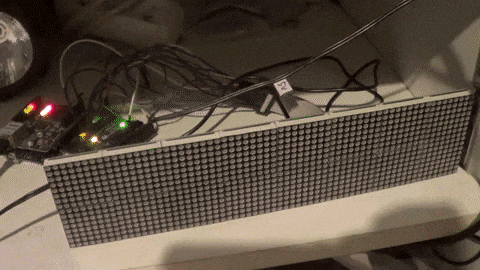
 Xylitol
Xylitol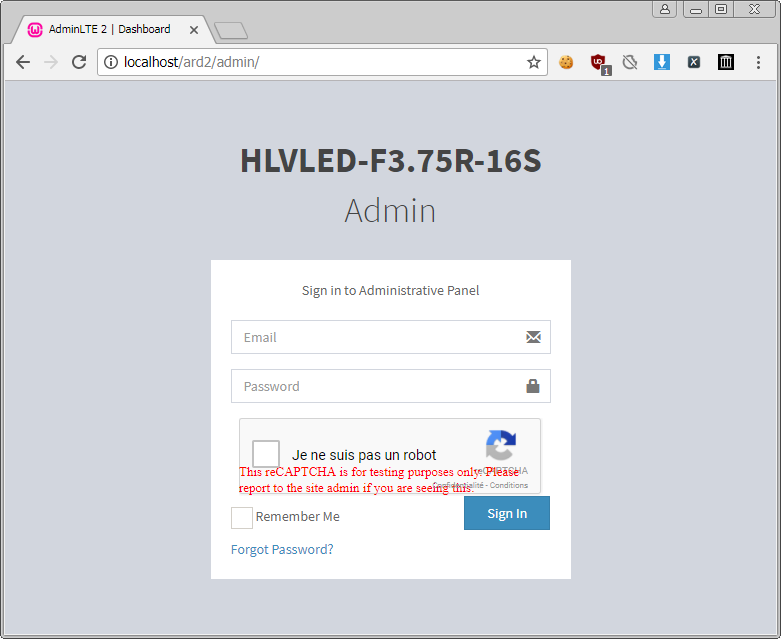
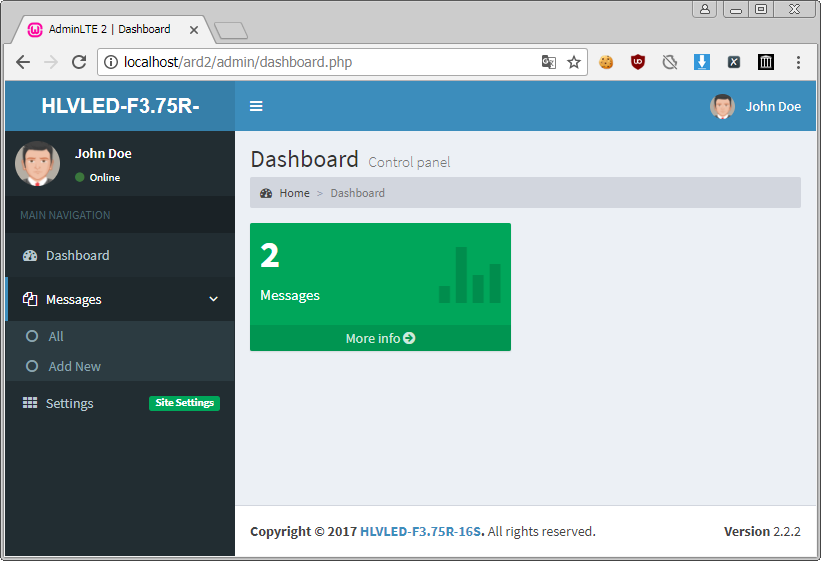

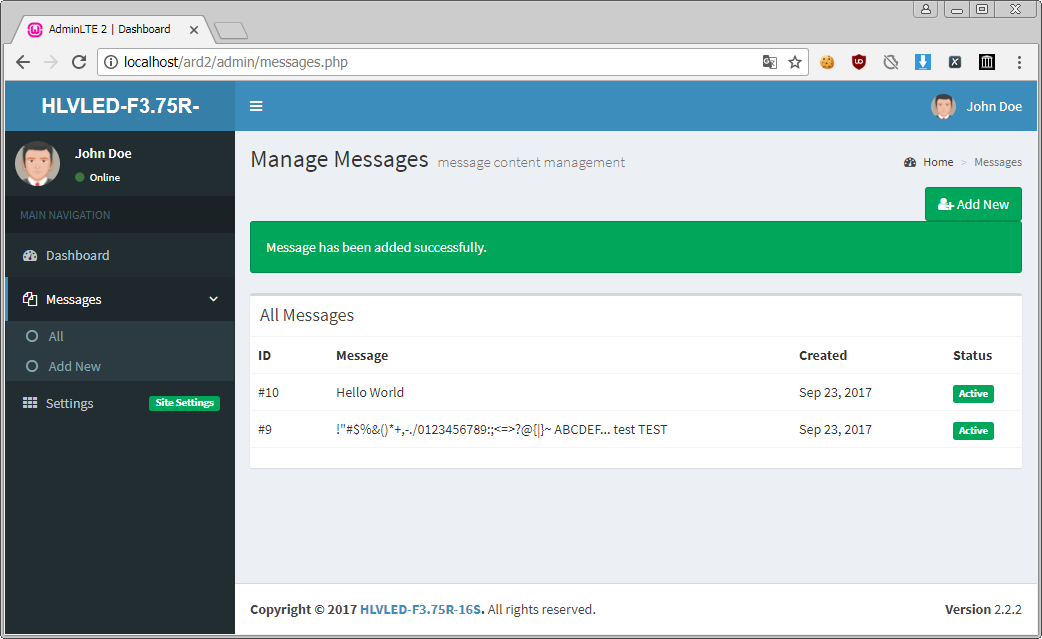
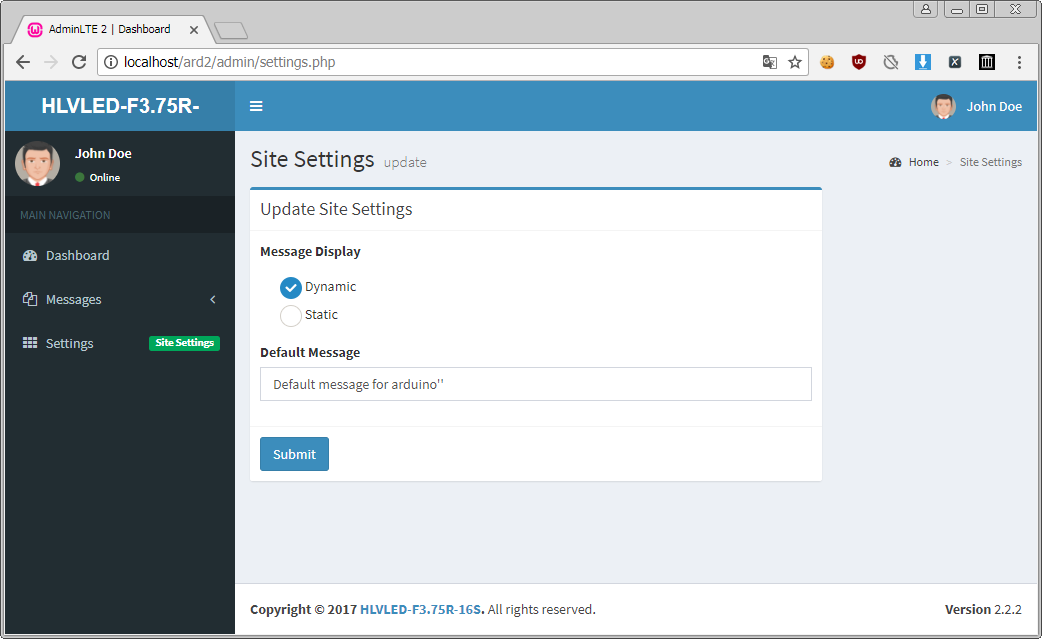
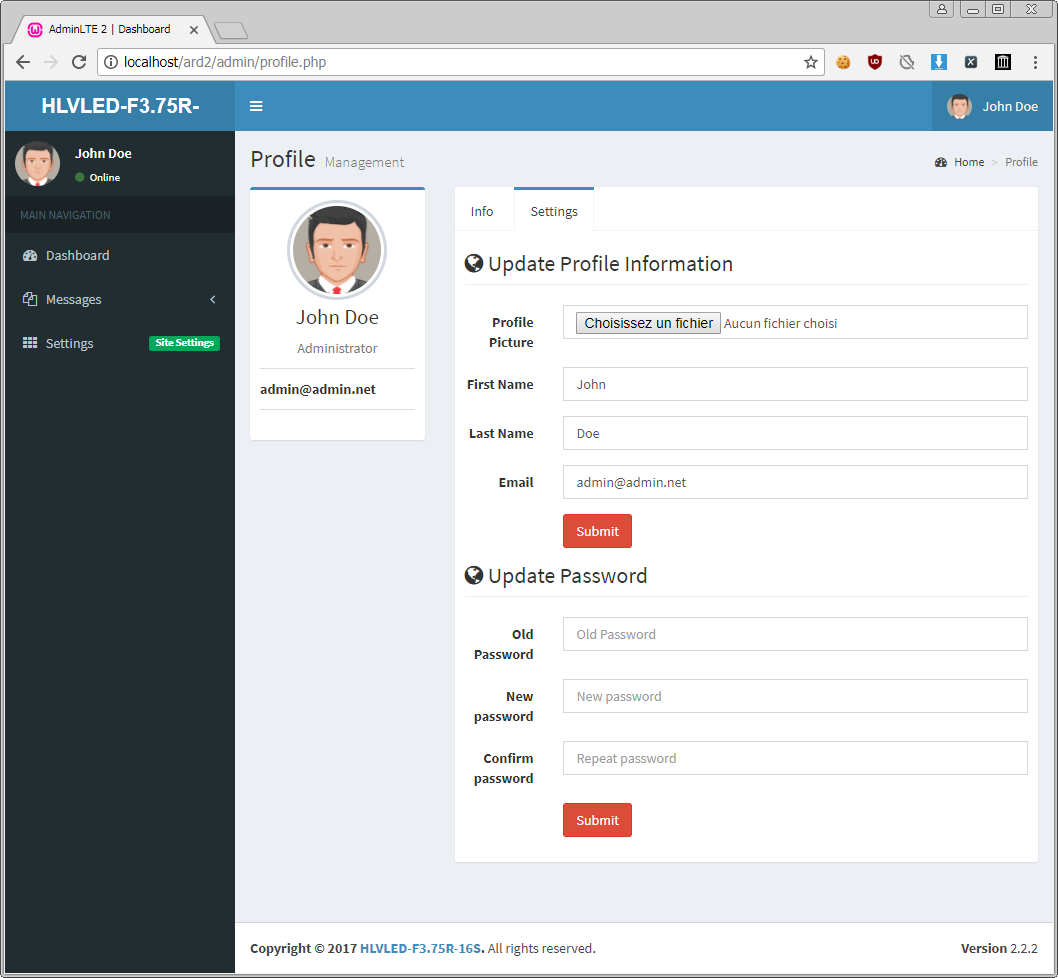
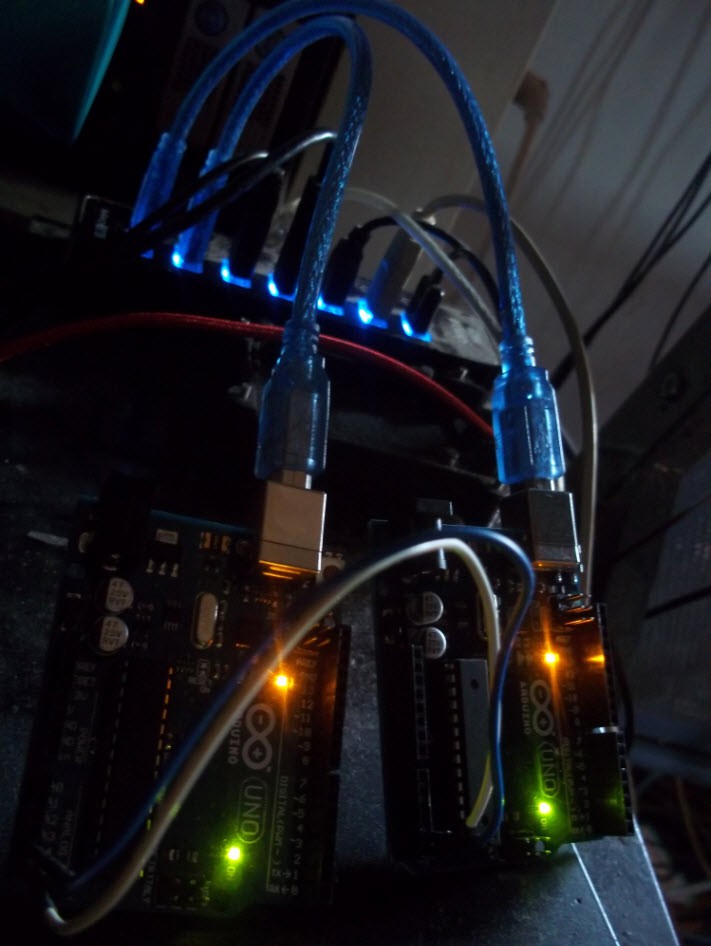

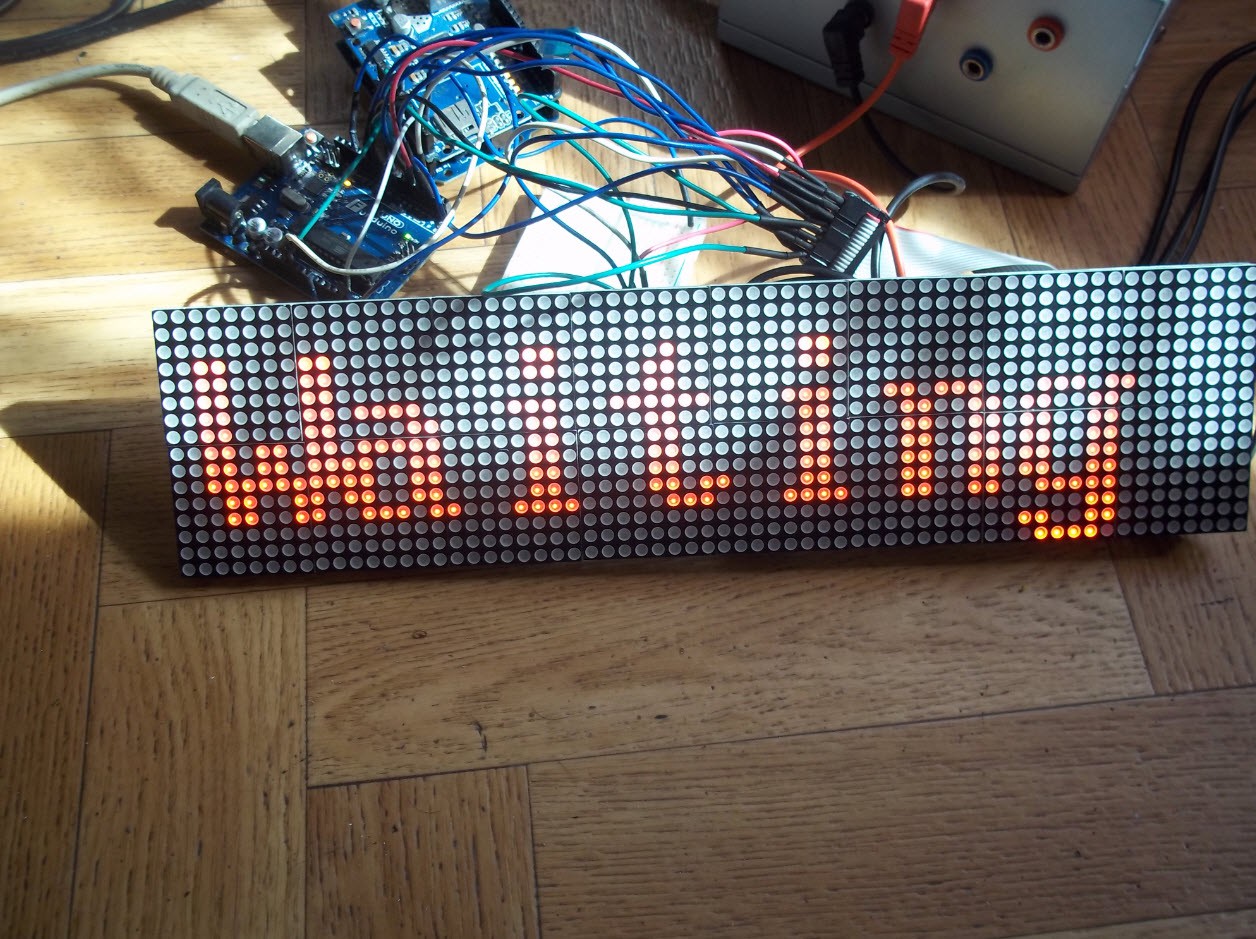

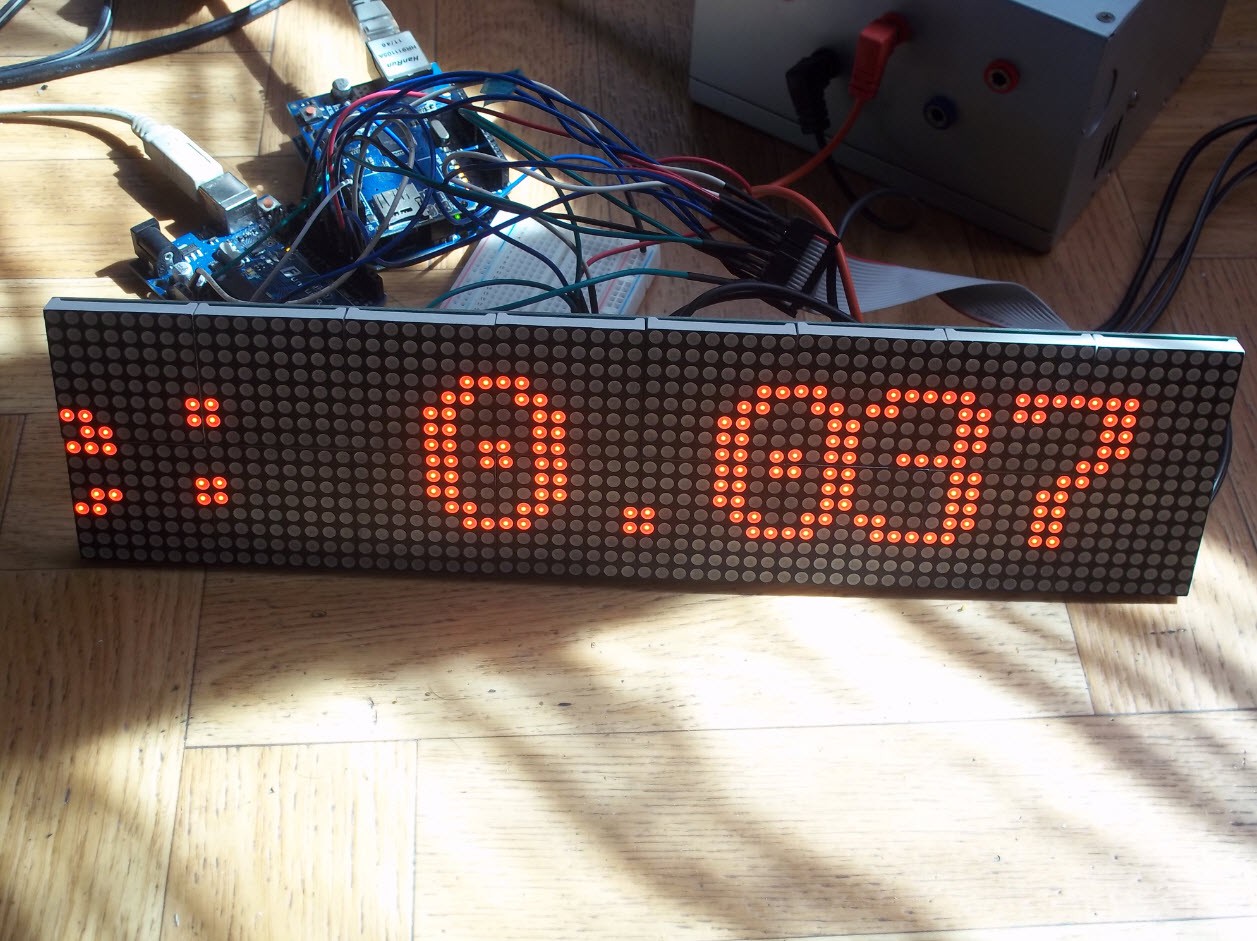
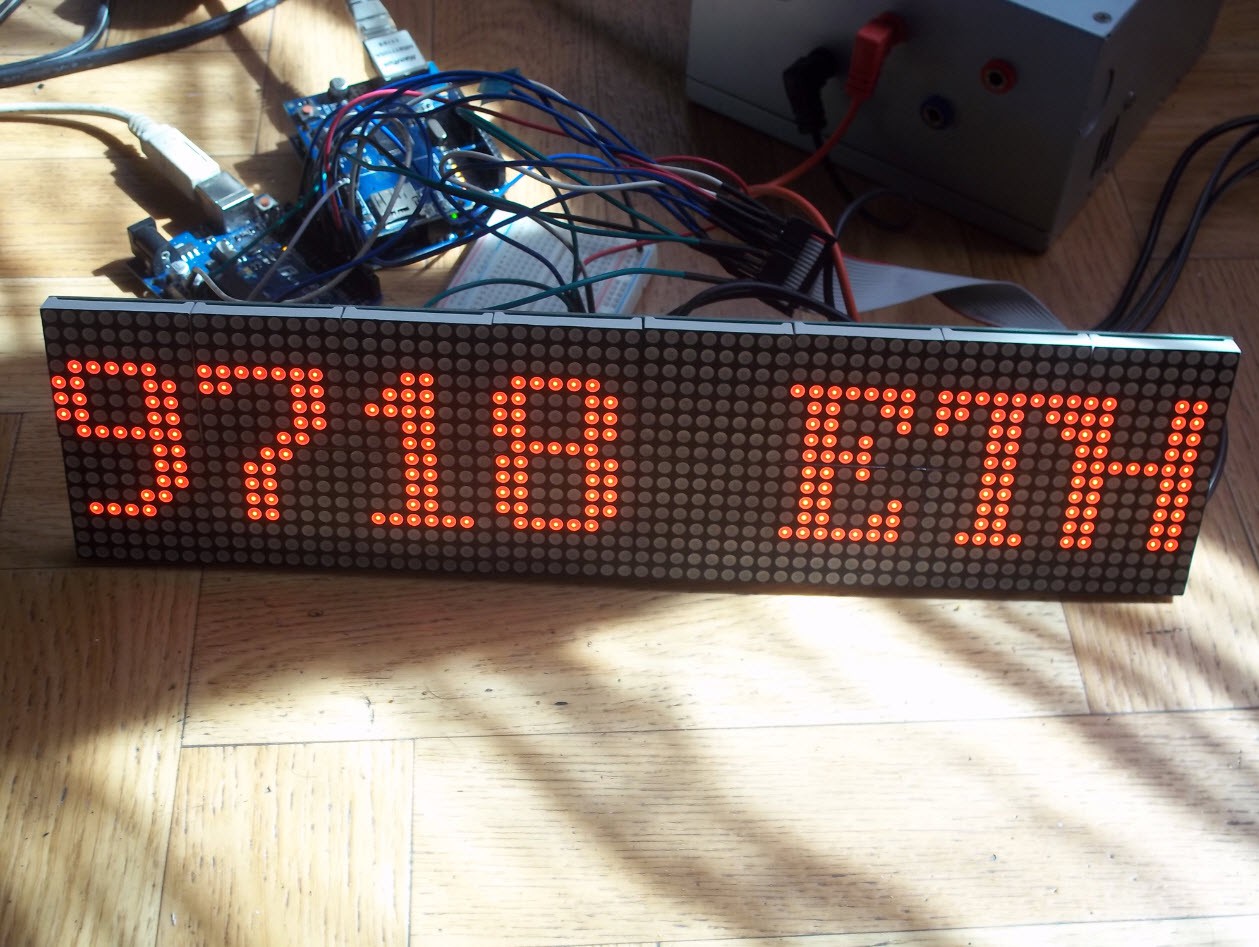

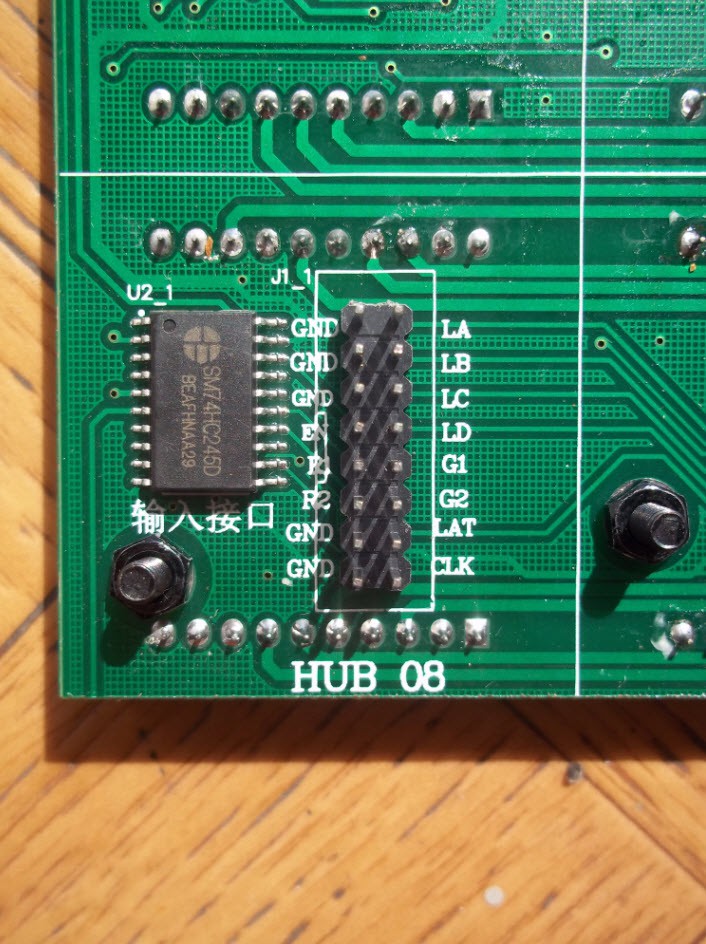


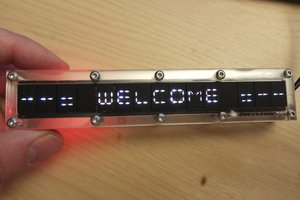
 Mangus Tiranus
Mangus Tiranus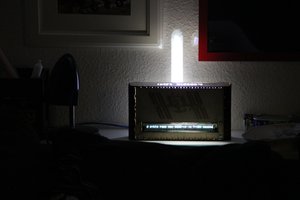
 Robotto
Robotto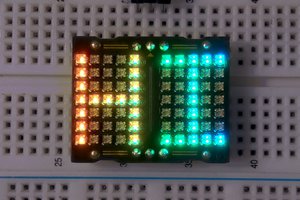
 Lixie Labs
Lixie Labs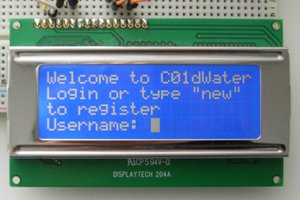
 marcovalerio.sole
marcovalerio.sole